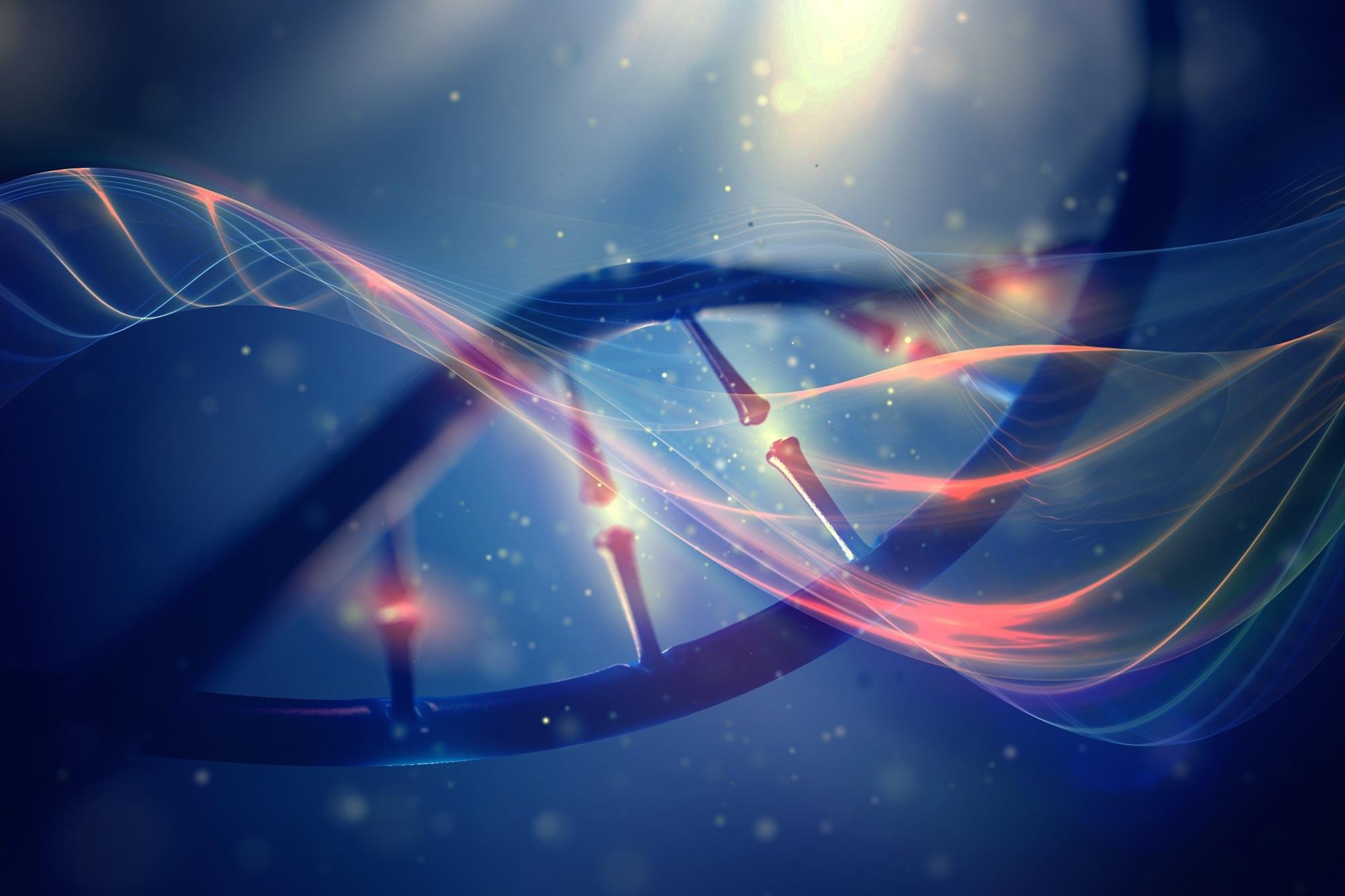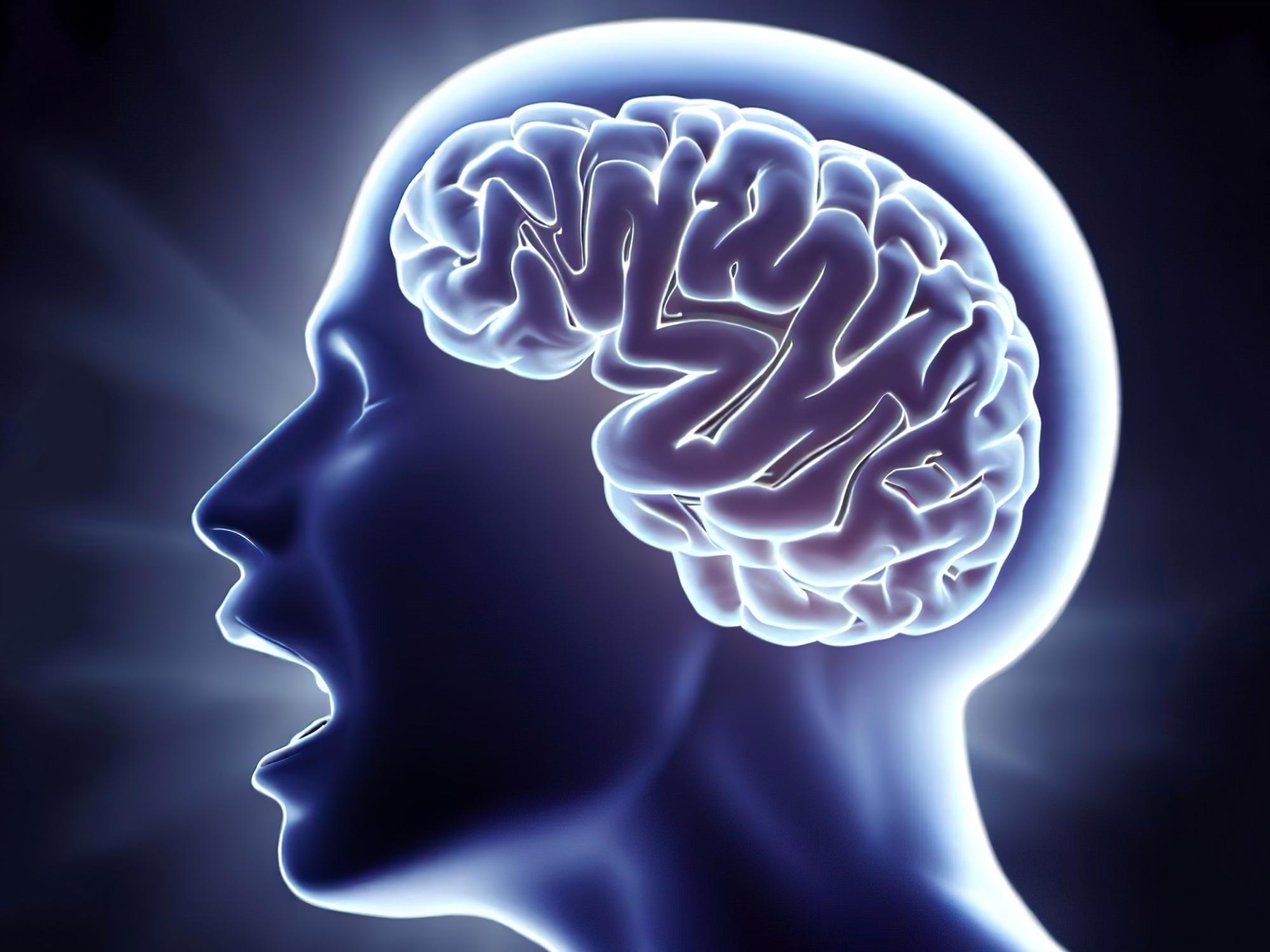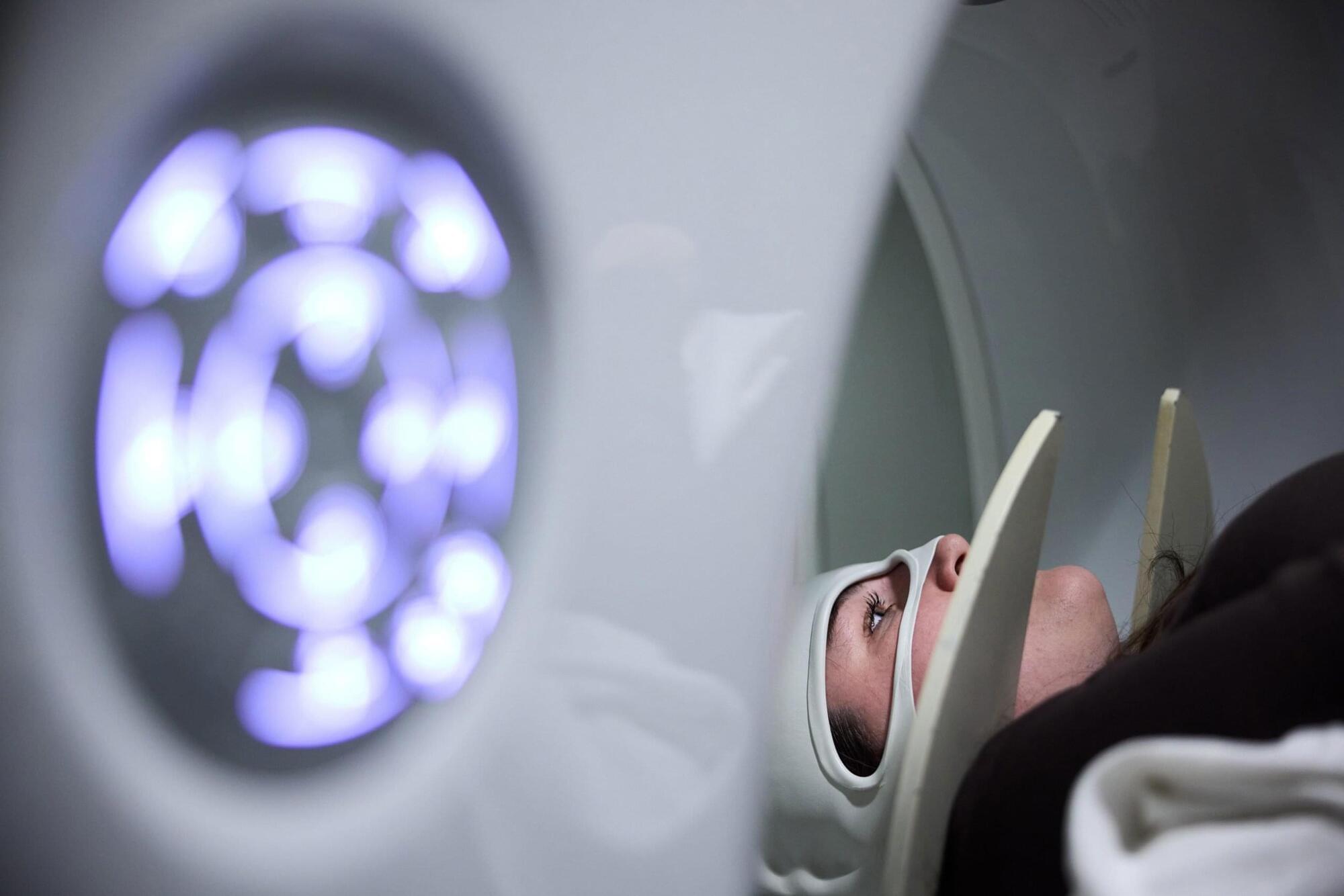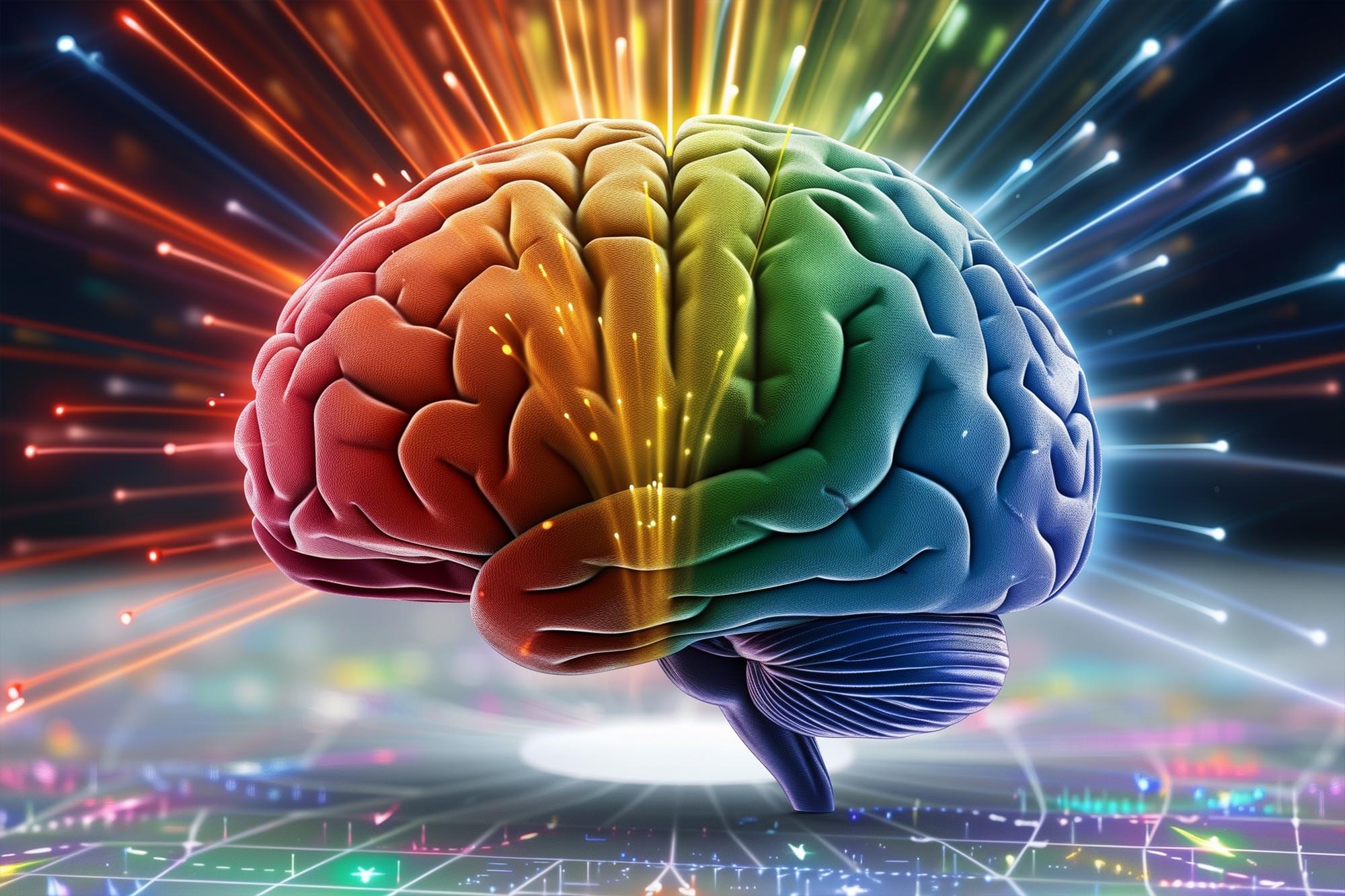
Synthetic biologists from Yale successfully rewrote the genetic code of an organism—a novel genomically recoded organism (GRO) with a single stop codon—using a cellular platform they developed that enables the production of new classes of synthetic proteins. Researchers say these synthetic proteins offer the promise of innumerable medical and industrial applications that can benefit society and human health.
A new study published in the journal Nature describes the creation of the landmark GRO, known as “Ochre,” which fully compresses redundant (or “degenerate”) codons into a single codon. A codon is a sequence of three nucleotides in DNA
DNA, or deoxyribonucleic acid, is a molecule composed of two long strands of nucleotides that coil around each other to form a double helix. It is the hereditary material in humans and almost all other organisms that carries genetic instructions for development, functioning, growth, and reproduction. Nearly every cell in a person’s body has the same DNA. Most DNA is located in the cell nucleus (where it is called nuclear DNA), but a small amount of DNA can also be found in the mitochondria (where it is called mitochondrial DNA or mtDNA).









